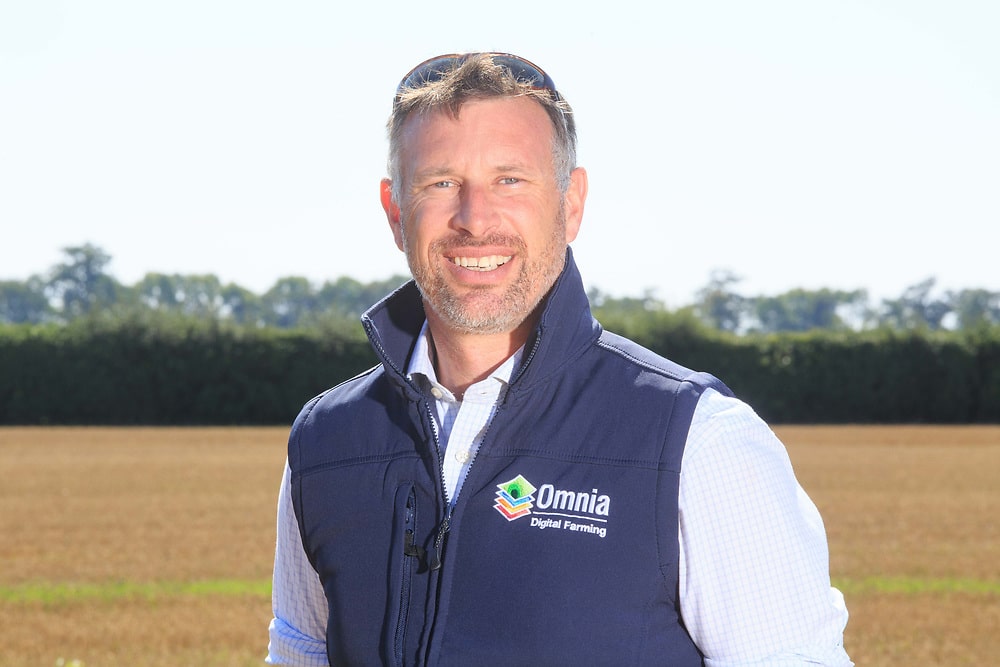Crop Watch: Mid-March arrives with drills still in the shed – Farmers Weekly
Ben Pledger gives a unique insight into agronomy issues for this season ...
East
Dare I say it, but things are looking like they are beginning to slowly dry out in the region. Careful planning of the order of operations and tasks when it dries out is needed before it’s all hands on deck, and labour and machinery is being pulled in many directions at once.
Talking to some growers, there is a reluctance to put nitrogen on until the whole field will travel. This is a false economy, starving the good bits of fields to wait for the poor, wet bits to travel. A percentage of fields won’t look pretty come May and June, but securing as much yield as possible along the way will, hopefully, make up for the bits we wish were a lot better.
There is a good place here for variable rate nutrition to keep input costs optimal on different parts of the field. Conversely, patience will be needed before preparing spring seed-beds to ensure that spring crops get off toa good start, rather than mauling in crops only to spend the rest of the spring on the back foot with regard to plant populations and poor rooting brought on by poor seed-beds.
Spring crops
With crop prices sitting where they are now, crops yet to be drilled will need to establish well to ensure best margins.
Where acceptable margins cannot be guaranteed, we need to weigh fallowing and sorting out drainage, and/or planting a cover crop to structure soil, harvest energy from the sun and increase soil nutrients.
These options will come with a window to control blackgrass with glyphosate, as well as offering a good entry back into a first wheat.
Sustainable Farming Incentive
Applications have been discussed and planned over the last few months. Among the options available, the scheme will provide an opportunity to take out lower yielding and loss-making areas of fields.
Where possible, these areas have been identified using cost of production maps to identify parts of fields which are consistently producing reduced or negative margins, pulling the farm average down. Reducing the loss is a healthy way to see increased margins.
